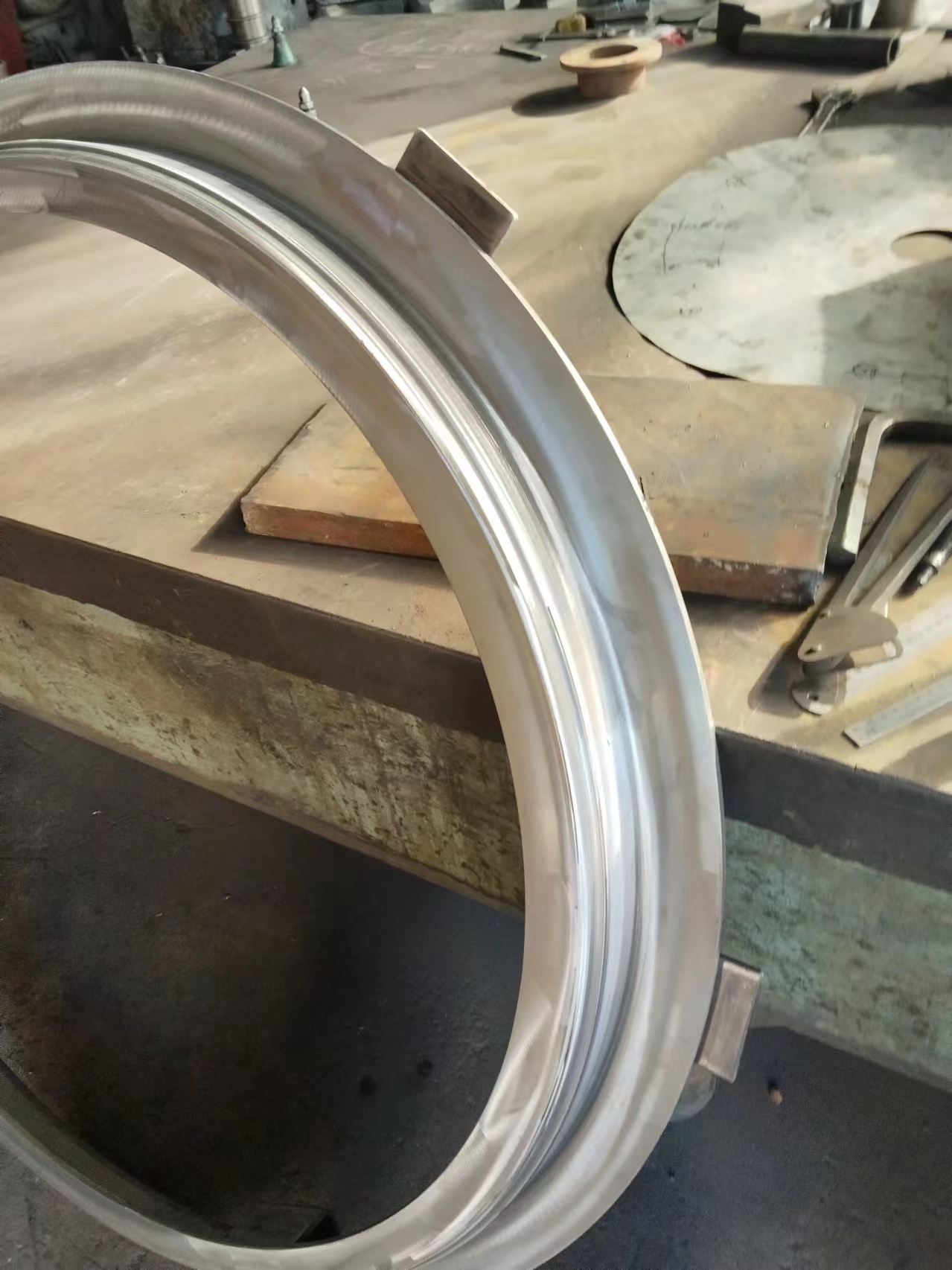- Afrikaans
- Albanian
- Amharic
- Arabic
- Armenian
- Azerbaijani
- Basque
- Belarusian
- Bengali
- Bosnian
- Bulgarian
- Catalan
- Cebuano
- China
- China (Taiwan)
- Corsican
- Croatian
- Czech
- Danish
- Dutch
- English
- Esperanto
- Estonian
- Finnish
- French
- Frisian
- Galician
- Georgian
- German
- Greek
- Gujarati
- Haitian Creole
- hausa
- hawaiian
- Hebrew
- Hindi
- Miao
- Hungarian
- Icelandic
- igbo
- Indonesian
- irish
- Italian
- Japanese
- Javanese
- Kannada
- kazakh
- Khmer
- Rwandese
- Korean
- Kurdish
- Kyrgyz
- Lao
- Latin
- Latvian
- Lithuanian
- Luxembourgish
- Macedonian
- Malgashi
- Malay
- Malayalam
- Maltese
- Maori
- Marathi
- Mongolian
- Myanmar
- Nepali
- Norwegian
- Norwegian
- Occitan
- Pashto
- Persian
- Polish
- Portuguese
- Punjabi
- Romanian
- Russian
- Samoan
- Scottish Gaelic
- Serbian
- Sesotho
- Shona
- Sindhi
- Sinhala
- Slovak
- Slovenian
- Somali
- Spanish
- Sundanese
- Swahili
- Swedish
- Tagalog
- Tajik
- Tamil
- Tatar
- Telugu
- Thai
- Turkish
- Turkmen
- Ukrainian
- Urdu
- Uighur
- Uzbek
- Vietnamese
- Welsh
- Bantu
- Yiddish
- Yoruba
- Zulu
ທ.ວ. . 26, 2024 08:50 Back to list
Exploring the Benefits and Techniques of Sand Casting in Modern Manufacturing
The Art and Science of Sand Castings
Sand casting is one of the oldest and most widely used metal casting processes, dating back thousands of years to ancient civilizations. This technique involves creating a mold from sand, which can be used to cast various metals, including iron, aluminum, and bronze. The simplicity of the materials combined with the versatility of the process makes sand casting a favored method in both industrial applications and artisanal practices.
The Process of Sand Casting
The sand casting process begins with the preparation of the mold. A pattern, which is a replica of the desired final product, is made from a more durable material such as metal or plastic. This pattern is then pressed into a mixture of sand and a binding agent—usually clay or resin—to create a mold. Once the pattern is removed, the mold halves are assembled and secured for the pouring phase.
The pouring stage involves melting the chosen metal and pouring it into the mold cavity. The molten metal fills the space created by the pattern, and after sufficient cooling, the mold is broken apart to reveal the cast item. This simplicity is both the blessing and the curse of sand casting. While it allows for complex shapes and forms, the surface finish of sand-cast items is often rough and may require additional machining processes to achieve the necessary tolerances.
Advantages of Sand Casting
One of the most significant advantages of sand casting is its flexibility. It can accommodate a wide range of sizes—from small components to large industrial parts. Additionally, the materials used for sand molds are relatively inexpensive and easy to source, making the process cost-effective, especially for small production runs.
Another advantage is the ability to cast complex shapes. The sand can conform to intricate designs, allowing for detailed features that might be difficult or impossible to achieve with other casting methods. Furthermore, sand casting can be performed in virtually any environment, whether in a specialized foundry or by skilled artisans in their workshops.
sand castings

Limitations of Sand Casting
Despite its many benefits, sand casting has its limitations. One significant issue is the surface finish, which is often less smooth compared to other casting processes like investment casting. This means that additional processing might be necessary, which can increase costs and lead times.
Moreover, the sand mold can be less durable than molds made from metal, leading to potential defects in the final product if not handled properly. The dimensional accuracy may also be a concern, as the sand can shift during the pouring process, leading to variability in the final part.
Applications of Sand Casting
Sand casting finds applications across many industries. It is widely used in the automotive sector for producing engine blocks, transmission cases, and other critical components. The aerospace industry also utilizes sand casting for certain parts, although tighter tolerances are typically needed. Additionally, the art world embraces sand casting for creating sculptures and decorative items.
Conclusion
In summary, sand casting is a time-honored metal casting technique that balances artistry and engineering. Its ease of use, cost-effectiveness, and ability to create complex shapes make it an appealing option for manufacturers and artisans alike. While it does have its limitations in terms of finishing and dimensional accuracy, the benefits often outweigh these drawbacks, allowing for the continued evolution of this fascinating craft in modern manufacturing. As technology advances, so too may the methods and materials used in sand casting, ensuring its relevance for years to come.
-
Steel Reinforced Concrete Pipe Bottom Ring Moulds Buy Custom Solutions
NewsMay.19,2025
-
Original Concrete Pipe Mold Bottom Ring & Pallet Chinese Factory Direct Sale
NewsMay.19,2025
-
Custom Room Heating Heat Exchangers Energy-Efficient Solutions
NewsMay.18,2025
-
Precision Milling Body Casting Solutions Custom & ODM Options
NewsMay.18,2025
-
Custom Cast Silicon Aluminum Heat Exchanger for Hot Water Boiler High Efficiency
NewsMay.18,2025
-
Premium Custom & ODM Vehicle Parts Bulk Order Deals
NewsMay.17,2025


